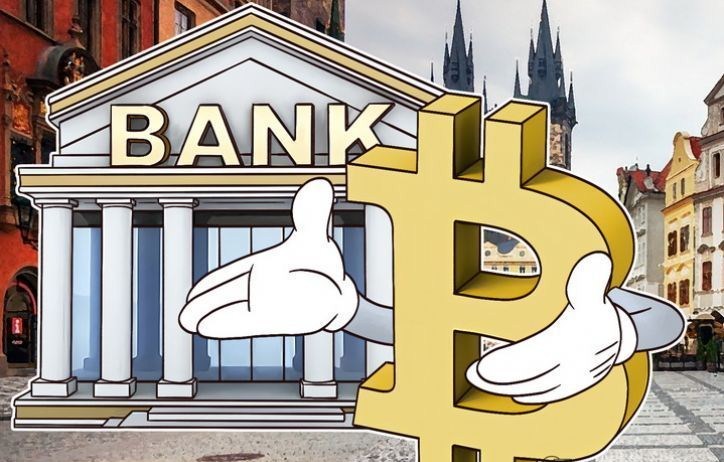Global Lending System Can Be Improved With Blockchain
Not everyone has the means to open a personal or business bank account but practically, everyone needs to make transactions that involve money. In fact, World Bank Global Findex indicates that two billion individuals have no access to bank accounts.

In the US alone, 7% of households are unbanked according to the latest data by the FDIC.
While these figures dropped significantly in 2014, studies show that having a bank account has a direct correlation with the one’s standard of living. If somebody has a bank account, he can have access to better loans, savings, business startups, and property acquisition options.
How can Blockchain help?
People who have bank accounts can easily ride the flow of the economy to fill in their basic needs, but what about individuals that do not have access to one? Blockchain may be able to help.
Here are three key ways Blockchain may improve access to the unbanked.
- Easier access to mainstream financial system
Banks require an enormous amount of documentation to process loans for their customers. While that process may be considered as a long time-standard, it’s still discouraging.
With Blockchain, there is almost no chance of fraud. This makes it easier for customers to become part of the system while maintaining a high-security level – a win situation for both parties.
- Easier and more affordable remittances
Since we’ve already established that not everyone in the world has access to a bank account, especially for countries with lower standards of living, mobile phones can be powerful tools.
Blockchain technology and cryptocurrencies create a medium for easier money transfers via mobile phones. Having a bank account is no longer needed to send or receive payments from anywhere in the world.
- Access to more reliable financial products and better protection
Blockchain just plain works, and provides security and fraud prevention.
The transparent and immutable nature of Blockchain technology comes into play here. Remember that the information in the Blockchain is stored in a huge publicly distributed ledger wherein the details are visible to everyone in the system. Transparency is baked-in.
In terms of reliability, the old method requires too much human intervention in order to function properly. This incurs a great deal of cost. In Blockchain technology, everything operates almost automatically while maintaining reliability by enforcing the set algorithmic standards.
With the lowered cost of operation and maintenance, insurance companies can provide customers better services and policies.
Opportunity for better borrower-lender connection
There is also an opportunity in terms of connecting the borrowers to the right lenders. Although there are many lending institutions scattered around the world, each of them still has its own policies and schemes thereby creating different experiences for every person. There have been various projects and efforts on this front, including one by Ripio Credit Network (RCN) which utilizes Blockchain technology and smart contracts to link borrowers to the right lenders. This will allow both sides to set better conditions for the loan.
The use of Blockchain technology in this example can make the transactions quicker and more efficient. The borrowers’ identities are stored in the Blockchain, allowing for a quicker credit assessment and loan processing. The same goes for the lender's records wherein the information is sure to be legitimate and transparent to everyone in the system.
In short, Blockchain gives better assurance to the lenders by making sure that every contract they are signing is genuine to avoid any fraudulent activity.
The future
Blockchain applications will ultimately eradicate repetitive processes and middlemen without sacrificing the efficiency and transparency that most of us have long been looking for in our governments, public services, and other transactions.